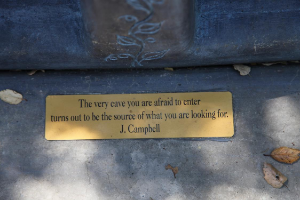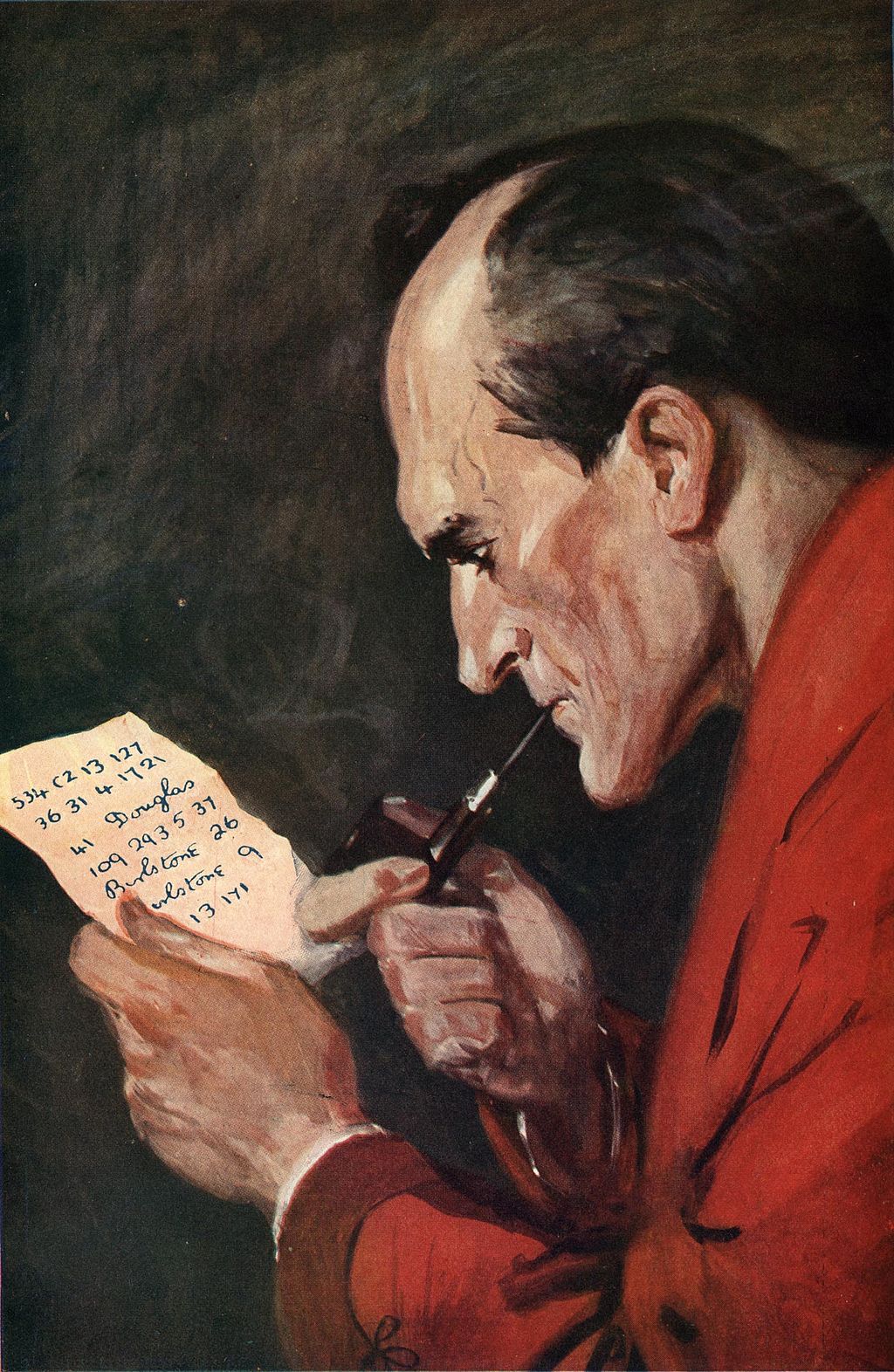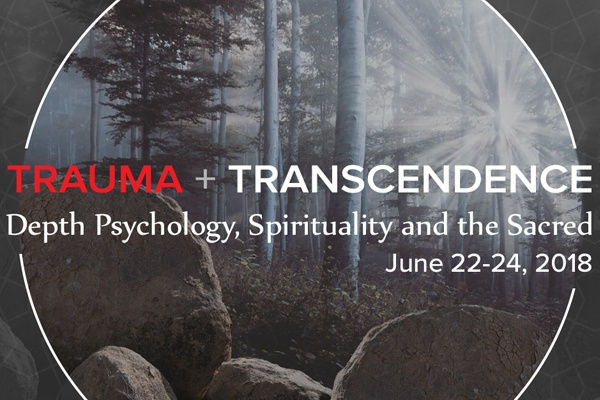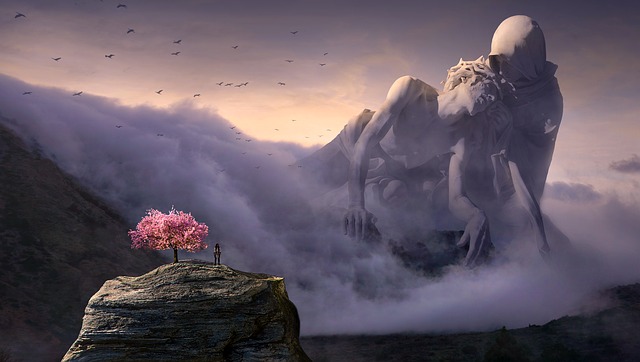What is an archetype? On first hearing the term, you might think it means something like “stereotype.” But archetypes are far richer and more interesting than that, and provide one of the foundational aspects of Jungian depth psychology. One of the earliest beginnings of the idea may be Plato’s writings in the fourth century B.C.E.. Although he did not use the actual term archetype (in Greek, “arche” original, and “typos” form), he did use the term eidos, translated as either Form or Idea. But it was not until the Swiss psychologist, and the founder of analytical psychology, C. G. Jung took up archetypes in works such as The Archetypes and the Collective Unconscious in the first half of the 20th century that it came into prominence in theoretical and psychological discourse.
As Keiron Le Grice, Pacifica’s Co-Chair of the Jungian and Archetypal Studies specialization of the Depth Psychology program, describes Jung’s view of archetypes, “[They] are the universal principles, patterns, and powers that move us all and shape our lives from the collective unconscious—the containing psychological matrix underlying consciousness. They are the governing principles in the background of experience that together comprise a kind of thematic framework within which our lives unfold. The archetypes manifest within and through our thoughts and feelings, drives and desires, and through circumstances and events in the world. They are not causes in the usual sense, but they are enacted by and revealed through causal chains of events.”
Jung focused primarily on a few foundational archetypes, including the shadow, anima, animus, and the Self. Taking myths and symbols as expressions of the psyche, and therefore reflective of the psyche, Jung identified a number of other archetypes, which Le Grice describes as “the hero, the mother, the child, the trickster, the archetype of the spirit (of which the wise old man is one form), rebirth, and Dionysus.” These have trickled down in popular perception into categories such as the sage, the innocent, the explorer, the rebel, the hero, the trickster, the lover, the caregiver, etc.
Read More
Posted in:
archetypes,
C.G. Jung,
depth psychology,
Pacifica Graduate Institute,
Jungian & Archetypal Studies
Dylan Hoffman, Ph.D., is a relatively new addition to the faculty of Pacifica’s Jungian & Archetypal Studies program. I’m excited to learn more about his perspective and teaching.
Angela: You began your career at Pacifica in our M.A./Ph.D. program in Jungian & Archetypal Studies (DJA). What attracted you to Pacifica, and in particular the study of Archetypes?
Read More
Posted in:
archetypes,
C.G. Jung,
Education,
depth psychology,
Pacifica Graduate Institute,
Spiritual,
Jungian & Archetypal Studies
Dr. Corbett serves as a professor of depth psychology at Pacifica Graduate Institute. He is the author of several books, the most recent of which is The God-Image from Antiquity to Jung. I am delighted to speak to him about his work with the God image in the context of Jung’s scholarship.
“The God-image described by religious traditions and sacred texts such as the Bible, which people may believe in without necessarily having experienced, might be intellectually and emotionally satisfying, but belief is not as convincing as a personal numinous experience. Such experiences can be understood psychologically without recourse to the dogma or doctrine of any specific tradition.” –Dr. Lionel Corbett, The God-Image from Antiquity to Jung
Read More
Posted in:
C.G. Jung,
Education,
depth psychology,
Pacifica Graduate Institute,
Spiritual
Curandera and storyteller, Clarissa Pinkola Estes, speaks of depth psychology as a way to “the river beneath the river,” to a place that delves deeper than the surface of things into implicit and nonlinear knowing and broadens the subtle field of intersubjectivity, integrating systems of being. Integratio may be fostered by a restoration of “beginner’s mind” to renew a sense of wonder, openness, feeling, and curiosity.
Perhaps you are aware of something that drives you, breathes you, that has brought you here to inquire about our integrative program and to do so now in this intense time of global uncertainty, paradox, and possibility?
What is speaking to you and through you? Why DPT now?
Read More
Posted in:
C.G. Jung,
depth psychology,
admissions,
Integrative Therapy & Healing Practices
A guest post by Craig Chalquist, Ph.D.
What good is the study of myth?
I love this topic so much I could write a book on it. In fact, I have, called Myths Among Us: When Timeless Tales Return to Life (World Soul Books, 2017). The book spends 658 pages on the question of what good is mythology, with real-life applications and many stories.
Here I’ll offer some brief examples taken from the life arenas of self-knowledge, work, finance, diversity, and persuasion.
Read More
Posted in:
Joseph Campbell,
Mythology,
C.G. Jung
Last week, Pacifica president and CEO Dr. Joseph Cambray did an interview with Connecting with Coincidence with Dr. Bernard Beitman, MD on Expanding Jung's Views of Synchronicity. Dr. Cambray is one of the leading experts on this topic in the field. Click below to
listen to the interview.

Read More
Posted in:
C.G. Jung,
Pacifica News,
Pacifica Graduate Institute,
resources,
interview
A guest blog post by Craig Chalquist, Ph.D., Associate Provost of Pacifica Graduate Institute.
Today is January 9th, which fans of the Great Detective have decided is his birthday. For those into astrology, this would make his natal sun sign studious, hard-working Capricorn. Sir Arthur Conan Doyle’s novels give no indication of the time of day Holmes was born, but I have a feeling, given his interests and how he pursued them, that his natal chart is nocturnal. No doubt Virgo, Mercury, Pluto, and Saturn had a lot to say to each other in it, especially in Houses 12 (secrets, mysteries) and 8 (death, rebirth, other people’s money).
I encountered Holmes as a result of committing a crime. When I was in high school, a bully made the mistake of picking on my friends and me. The school authorities did nothing, so I knocked him out at lunchtime and set his locker on fire for good measure.
Read More
Posted in:
C.G. Jung,
Psychology,
alchemy,
depth psychology,
narrative,
storytelling,
alchemist,
jungian,
relationship,
relationships
A guest blog post by Mary A. Wood, Ph.D., co-Chair of the M.A. Program in Engaged Humanities and the Creative Life at Pacifica Graduate Institute.
“The soul should always stand ajar, ready to welcome the ecstatic experience.” —Emily Dickinson
There are moments in life when time seems to stand still—moments when we find ourselves transfixed, and eventually transformed. These moments can be cosmic in scale, as reflected in the awe that we feel when beholding a rare solar eclipse, or an approaching storm. These moments may also be quite intimate, but no less moving, such as when we witness an animal emerging from hiding or when we hear an exquisite song. We recognize, and always remember these moments because they are announced by bodily sensations; we gasp, our hearts beat faster, and tears often flow. Our bodies tell us that the ordinary has given way to the extraordinary. These experiences are best described as “aesthetic,” as we find ourselves living, at least for a few moments, as creatures that are gloriously and achingly alive.
Read More
Posted in:
Joseph Campbell,
The Psyche,
James Hillman,
archetypes,
transformative,
C.G. Jung,
Psychology,
art,
soul,
depth psychology,
symbol,
mythological,
humanities,
sacred,
symbolism,
Spiritual
A blog post by Melissa Ruisz Nazario, based on interviews conducted by Bonnie Bright, Ph.D.
Ready to immerse yourself in some of the perspectives of trauma and transcendence being presented at Pacifica’s Trauma + Transcendence Conference June 22-24, 2018? We’ve rounded up our Pacifica Post blog posts and audio recordings of scholars and analysts presenting at the Conference who also recently spoke with Bonnie Bright, Ph.D., about their research.
Although registrations for attending the Trauma + Transcendence Conference in person have sold out, you can still gain access to the video livestream of the Conference’s Friday and Saturday events. Enjoy the Conference from the comfort of your home desktop computer or device by watching the livestream presentations in real time. You also have the option to earn continuing education credits by watching the livestream; please add the additional “Continuing Education Credit Fee” when you register. Details: https://retreat.pacifica.edu/trauma-transcendence/
Read More
Posted in:
Trauma,
Pacifica Events,
transformative,
C.G. Jung,
clinical psychology,
Psychology,
dreams,
psyche,
Spiritual
A blog post by Melissa Ruisz Nazario, based on an Interview with Ann Belford Ulanov, Ph.D., L.H.D., by Bonnie Bright, Ph.D.
Listen to the full audio interview with Ann Ulanov here. (approx. 31 minutes)
In the book The Unshuttered Heart: Opening Aliveness/Deadness in the Self, Jungian analyst Ann Belford Ulanov, Ph.D., L.H.D., says, “we can find our depth by being found in the depths.” But what does it mean, "to be found in depths"? For those of us who constantly seek to better understand ourselves and the world around us, or, as Joseph Campbell said, are "seeking an experience of being alive," what are some ways that we might find ourselves in these depths, to gain those profound insights that help us experience being alive? Ann, who is a prolific author and presenter at Pacifica’s upcoming sold-out Trauma and Transcendence conference in June 2018, says that one way we can find our depth in the depths is through our dreams. “You can’t make up the dream,” she says. “The dream makes up you. And some dreams you really get right away, and they tell you something you never knew before, and it’s as if you’re being addressed.”
Read More
Posted in:
Trauma,
Pacifica Events,
transformative,
C.G. Jung,
clinical psychology,
Psychology,
dreams,
psyche,
Spiritual


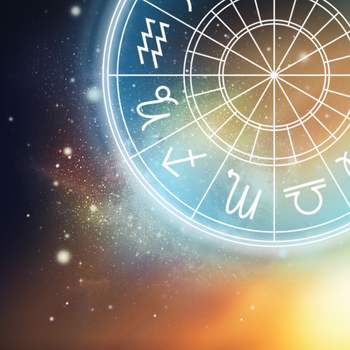
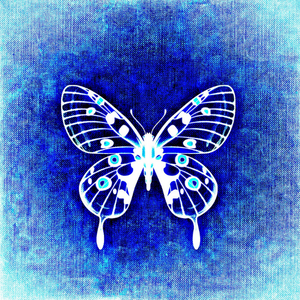
-1.png)
